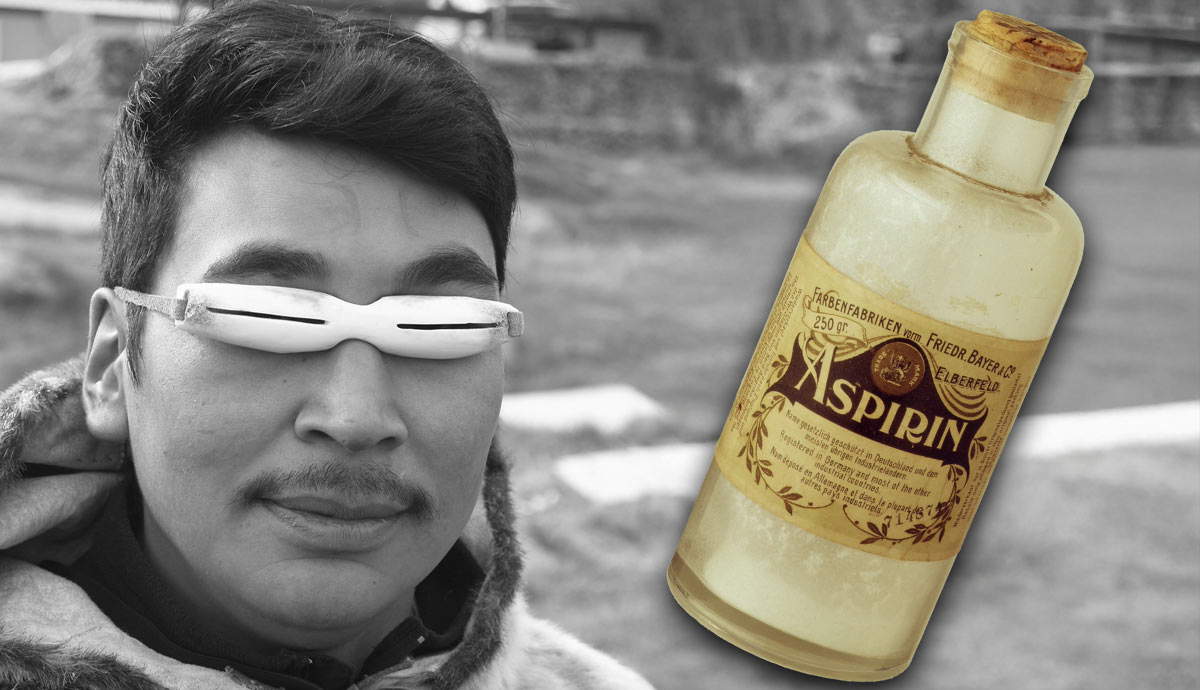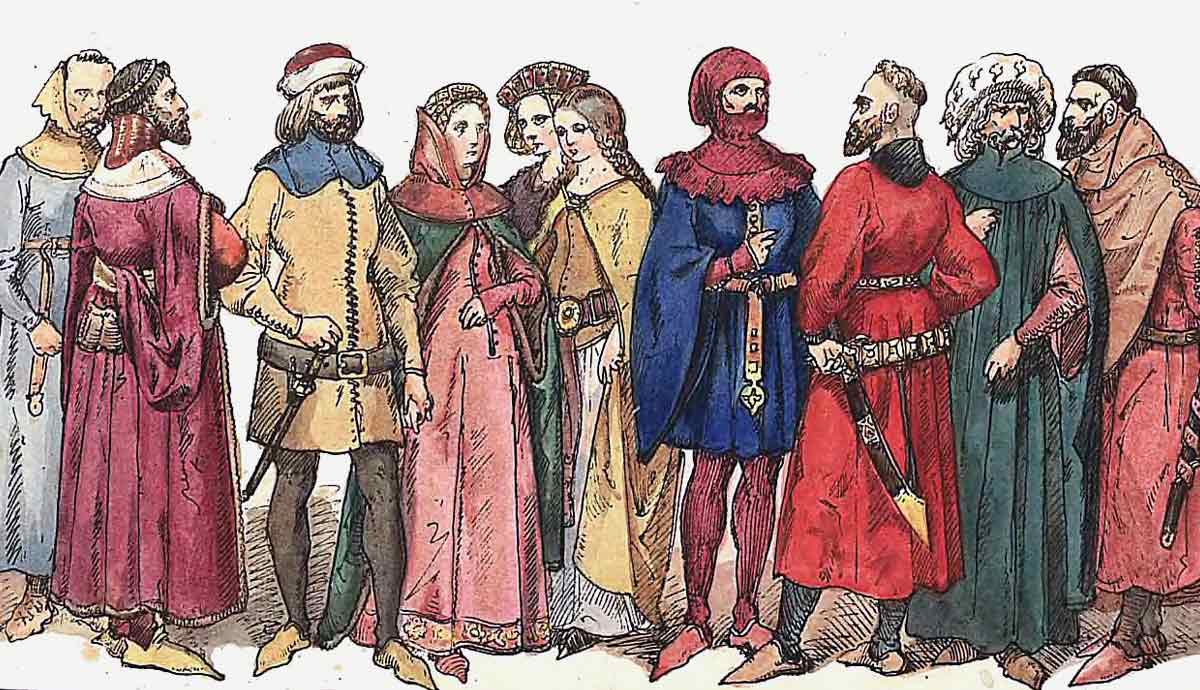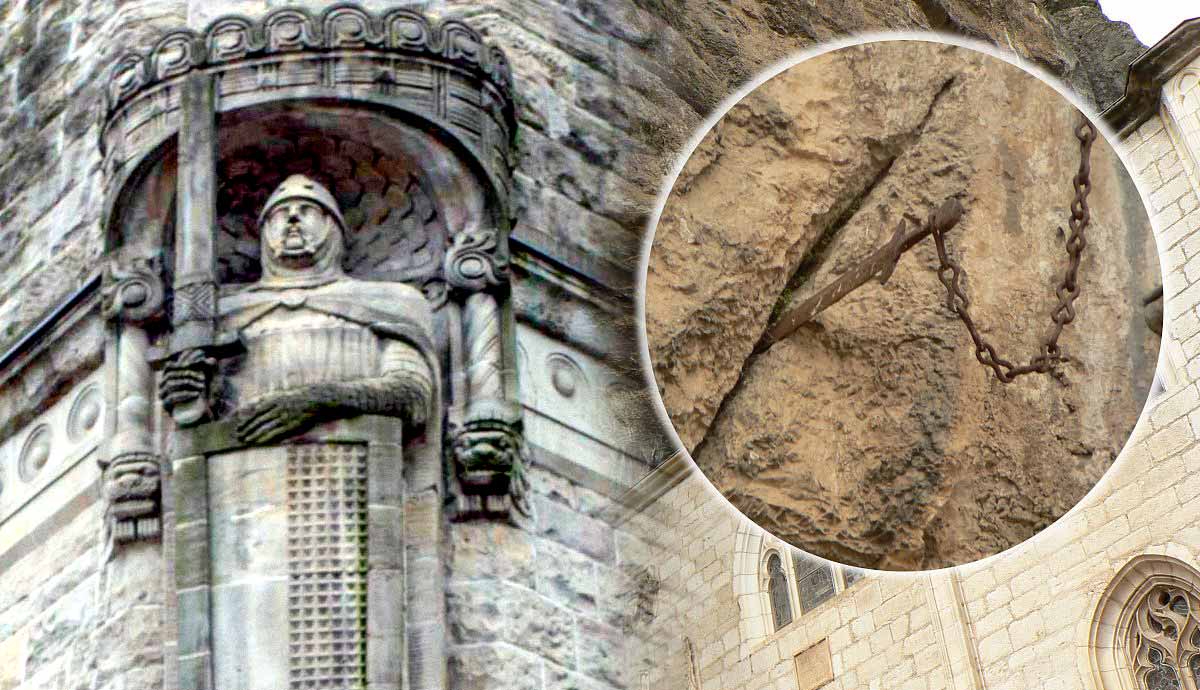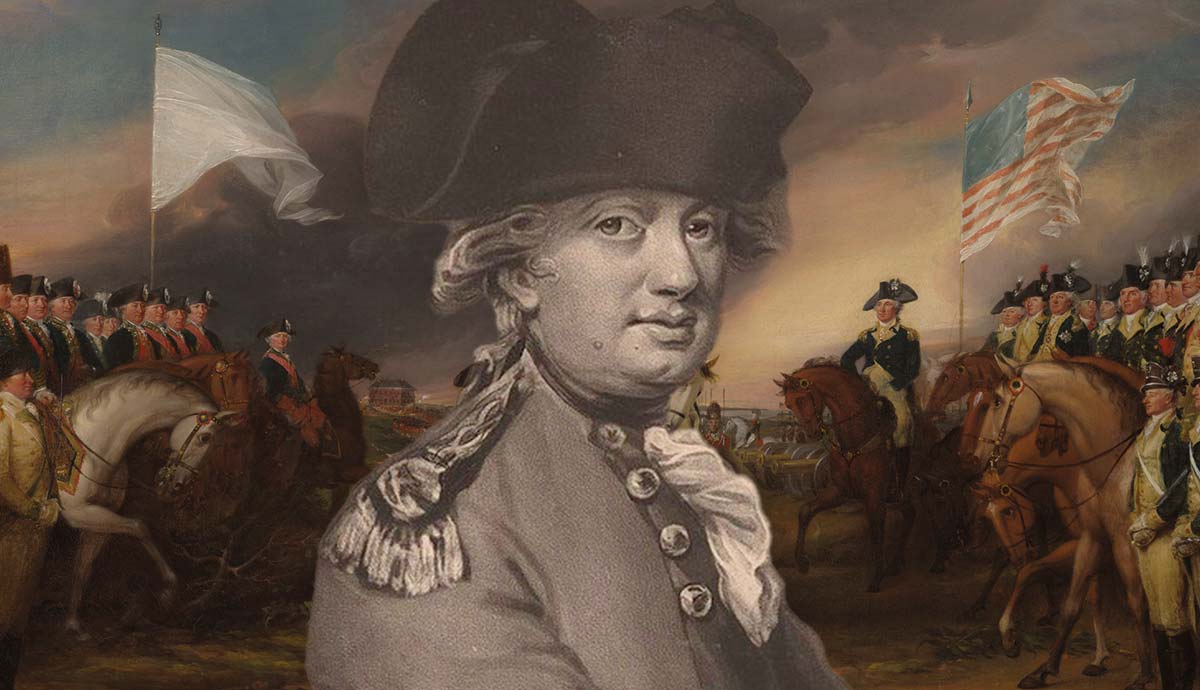
On Saturday evening of June 17, 1815, over 200,000 soldiers slept in various states of unease, knowing that the next day they would be a part of something historic, important, and bloody. Twelve years of fighting had seen wars rage across the continent of Europe, from the searing heat in Portugal to the biting cold of Russia. Before that, France had fought wars in North Africa and the Middle East, with Great Britain being its most constant enemy. They fought on land and at sea. Millions died, and millions were left homeless – displaced by the fortunes of war. Sunday, June 18, 1815, would be a decisive end to an era of misery and brutality as Napoleon Bonaparte would finally meet his nemesis at the Battle of Waterloo.
Leading Up to the Battle of Waterloo: The Beginning of the End

By 1812, the French Empire stretched across virtually all of Europe, but Napoleon’s ambitions were not fulfilled. His invasion of Russia was an absolute disaster, losing hundreds of thousands of men to combat and the biting cold of the Russian Winter. Following Napoleon’s defeat in Russia, the War of the Sixth Coalition saw the French Empire crumble as France’s enemies and conquered states rose up to end Napoleon’s empire.
In 1814, France was finally defeated, and on April 4, Napoleon abdicated and was exiled to the Isle of Elba in the Mediterranean. His exile, however, was not to last. Less than ten months later, he escaped his confines and returned to France, starting the period known as the “Hundred Days,” which would culminate in the Battle of Waterloo.
The 100 Days

On March 1, Napoleon landed in France and began his march on Paris. With the exception of loyalist Provence, most of France flocked to his cause, and soldiers defected and joined his army en masse. The European powers acted quickly and met in Vienna. They declared Napoleon an outlaw and decided that each of the major powers would raise an army of 150,000 troops to counter whatever Napoleon could muster. Britain paid subsidies to the other nations as it could not raise an army that big by itself. Nevertheless, the invasion of France went ahead and was planned for June 1. Both the leaders of the Prussian and the British armies, Blücher and Wellington, respectively, thought that this date was too late, as it allowed Napoleon to rally more men to his cause and prepare for the coming battles.
The first combat saw the French sweeping through the Prussian outposts by the Sambre and Charleroi Rivers. Napoleon was now in his favored central position, able to respond to the British to the west and the Prussians to the east. On June 16, major combat began, and the Battles of Quatre-Bras and Ligny took place. Napoleon’s general, Marshal Ney, managed to hold off a combined Anglo-Dutch army and prevented it from linking up with the Prussians on the French left flank. This was central to Napoleon’s plans. If he could avoid the coalition forces from joining, he would be able to defeat them all in a piecemeal fashion. Although Ney’s forces were pushed back, it was too late for the Prussians.

Despite holding the numerical advantage, the Prussians suffered a tactical defeat at Ligny. Napoleon now held a commanding strategic position, with the two allied armies clearly separated. He dispatched Marshal Grouchy to pursue the Prussians, while Napoleon now turned the bulk of his forces westwards to deal the crushing blow to the numerically inferior British army.
On the night of June 17, the Anglo-Allied army maneuvered into positions near a town called Waterloo. Unbeknownst to Napoleon, Wellington had specially chosen this site for its defensive capabilities. Wellington had studied it in detail and knew exactly how to maximize the terrain to his advantage. The terrain at Waterloo consisted of easily defensible farmhouses and a long hill that could conceal troop numbers and movements, as well as serve as protection from artillery. It could also give defending infantry the advantage of the high ground. The first part of winning the Battle of Waterloo had already been achieved by maneuvering Napoleon there.
The Start of the Battle of Waterloo

Napoleon’s plan at Waterloo was to separate the British Army from the Prussians and drive it back to the sea. The British plan was to hold their ground. Wellington realized that to do this, he would have to use the terrain around Waterloo and the defensive buildings forward of his main battle line. These buildings were the farmsteads of Hougoumont and La Haye Sainte.
Wellington stated that at about 10:00 am, the French began the battle with an attack on Hougoumont. Historians debate on the significance of Hougoumont, but it is possible that both commanders saw holding Hougoumont as the key to winning the battle. Napoleon wanted to use it to draw British reserves away from the battle line, but the stout resistance shown by the British meant that the opposite happened too.
Throughout the day, both commanders would commit significant numbers of troops to the fight at Hougoumont. The initial French attack drove British troops from the surrounding woods but was itself driven back by British artillery. The second assault saw a memorable point in the battle where Sous-Lieutenant Legros, a French officer, broke through the gate with an ax, allowing the French entry into the defensive position. A bitter melée ensued involving the famed Coldstream and Scots Guards. Eventually, the British managed to shut the gate. The French fought to the last, and all but one died – the British spared the life of the drummer boy.

The muddy ground had made things tough for French artillery, but they finally managed to get in range of the British troops. Despite much of the British forces being hidden behind the reverse slope of the hill, which served as their defensive position, the artillery barrage caused significant casualties.
The Main Assault
At about 13:15, Napoleon spotted the first columns of the Prussians arriving east of the French positions. It would still take several hours for the Prussians to arrive in force to properly threaten the French, but the clock was now ticking. Napoleon had to break the British line at all costs. The French infantry assault began. Long columns of soldiers marched towards the British positions, isolating La Haye Sainte, which was held by the King’s German Legion. The Germans, however, were resolute and slowed the French advance significantly. Prince William of Orange, commanding the Dutch contingent, sent the Hanoverian Lüneburg Battalion to reinforce the defenders. Still, the battalion was spotted by French cuirassiers who made short work of them. The Prince of Orange had made several blunders throughout the campaign that did not endear him to Wellington, who saw his presence as a liability.

The French columns pressed the British left flank, and the weight of the French attack eroded the British positions for hours. By 15:00, Wellington’s situation was critical, and it seemed that the British line would be broken unless the Prussians arrived very soon.
In desperation, two brigades of British heavy cavalry were ordered to charge in support of the British infantry. They drove the French back and broke their initiative, but disaster was about to hit back. Buoyed by their victory, control was lost, and they charged past La Haye Saint, straight towards the main body of the French army. Their mounts were spent upon reaching the enemy, and cohesion was lost. They were cut down by French cuirassiers and lancers. The momentum was back with the French, but they needed to capitalize quickly.
“Prepare to Receive Cavalry!”

Just before 16:00, Marshal Ney observed movement of British soldiers approaching their rear. The British were transporting their wounded to safety, but Ney mistook this movement as the beginnings of a retreat. He decided to exploit this advantage and ordered an assault. Due to the failure of the French infantry on the British left flank and the infantry tied up in the fighting at Hougoumont and La Haye Sainte, Ney had little in the way of infantry support. His assault would consist almost entirely of cavalry. The first cavalry charge consisted of about 4,800 men and was repulsed. The second, nearly double the size of the first, was also repulsed. When Napoleon saw what was happening, he noted that the charge was happening too soon.
The ease at which the charges were repulsed was due to British infantry forming hollow box-square formations. With bayonets fixed and their muskets pointed toward the enemy, they relied on the horses’ life-preserving instincts, which would, naturally, avoid running into pointy objects. Behind the hedges of bayonets, British muskets wrought havoc on the French cavalry, which had nowhere to attack.
It is unclear how many waves of cavalry were sent at the British formations, as the confusion and the fog of war made it difficult to determine when one wave began and another ended. Nevertheless, each wave was repulsed and followed up by a British cavalry counter-charge. What is certain is that it ended in complete disaster for the French. Their cavalry was spent.
Ney tried a combined-arms assault which the British Household Cavalry repelled. Although the squares had successfully repulsed the French assaults, British casualties were significant. French artillery fire between charges had been devastatingly effective. The French still had time and troops to win the battle.
La Haye Sainte Falls

At approximately the same time as Ney’s cavalry charge, the French infantry rallied and renewed their attack on La Haye Sainte. The German defenders were critically low on ammunition and were forced to withdraw. Despite the loss of the position, the defense had been a success in that it had stalled the French.
The overall situation was on a knife’s edge for both sides. French assaults had weakened the British line to the point of breaking. Many of Wellington’s officers were killed, and Wellington himself was stuck in the middle of a square formation with little awareness of his dispositions. While struggling to keep cohesion, the British troops were under constant artillery barrage from Napoleon’s cannons which had been moved closer. For the French, things were desperate, too, for the Prussians were extremely close. Napoleon needed the British to break and flee before they arrived.
“Give Me Night Or Give Me Blücher!”: The Prussians Arrive

As the British line was perilously close to breaking, the first elements of the Prussian army finally arrived and immediately drove for Plancenoit, engaging the French on the southern edge of Napoleon’s right flank. The time was 16:30. An hour later, the fighting was fierce from almost the entirety of the battle line, which ran several miles long. The Prussians succeeded in linking up with the British left flank and pressed the French right flank.
At this point, the French were expecting to be reinforced by Marshal Grouchy’s army from Wavre nine miles away. But the sight that greeted them was instead Prussian. Disillusionment spread quickly, and morale completely collapsed among the French. Their forces began to break and flee while the Prussians moved to cut off the only avenue of retreat for the French.
Napoleon’s last attempt to save victory was to send in the undefeated Old Guard, veterans who had fought alongside Napoleon for many years. At 19:30, they surged forward, intending to break through the British center. British forces engaged and fell back, but a strong counterattack by the Anglo-Dutch forces, culminating in a bayonet charge, finally broke the French attack. The French were retreating, and Wellington waved his hat in the air to signal a general advance. Some units of the Old Guard refused to surrender and fought to the last. Any hopes of rallying evaporated as the retreat turned into a rout. The Battle of Waterloo was truly lost for the French.
After the Battle of Waterloo: The End of the End

All in all, the Battle of Waterloo was an extremely close-run thing. Many thousands lay dead, while thousands more were missing or wounded.
“Believe me, nothing except a battle lost can be half so melancholy as a battle won” – Arthur Wellesley, 1st Duke of Wellington.
Napoleon escaped to Paris with hopes that he could raise another army, but his hopes faded as support waned. On June 24, he abdicated for the second time. The Napoleonic era was finished for good this time, and he was exiled to the island of St. Helena in the Atlantic Ocean, where he spent the rest of his days.
The Battle of Waterloo is remembered as a decisive battle that brought an end to an extremely long era of war. After the battle, there was a period of relative peace and stability until the Crimean War in 1853.











